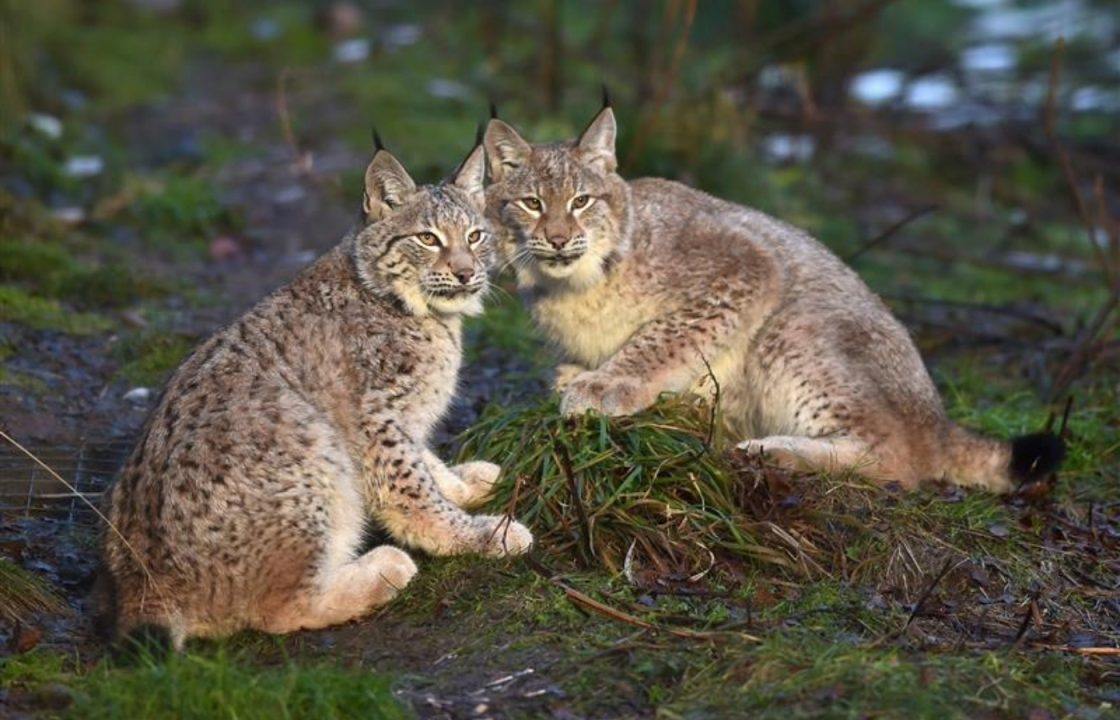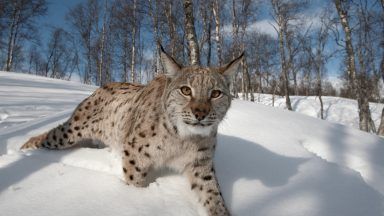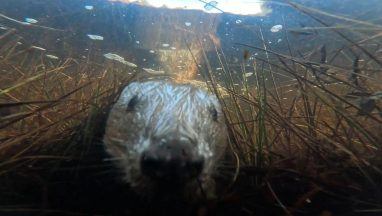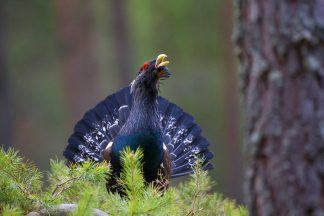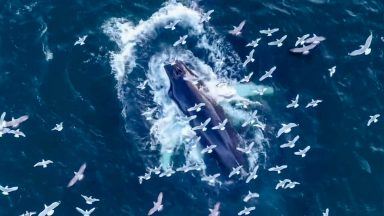Key Points
-
 A pair of lynx have been spotted roaming the Highlands near Kingussie
A pair of lynx have been spotted roaming the Highlands near Kingussie -
 Two were captured on Thursday after an overnight operation
Two were captured on Thursday after an overnight operation -
 Police believe the two ‘illegal’ releases are connected
Police believe the two ‘illegal’ releases are connected -
 ‘Humane’ traps are being set in a bid to capture the animals
‘Humane’ traps are being set in a bid to capture the animals -
 Members of the public are being urged not to approach, take pictures or set up cameras
Members of the public are being urged not to approach, take pictures or set up cameras
Two more illegally released lynx have been spotted roaming the Highlands after a pair were captured earlier this week with members of the public urged not to approach.
Police said they received a report of two big cats being seen in the Dell of Killiehuntly area near Kingussie around 7.10am on Friday.
People have been warned not to approach the animals and officers are working with specially trained personnel to capture them.
Police say enquires suggest the latest sighting is connected with a release of two lynx seen in the Drumguish area on Wednesday.
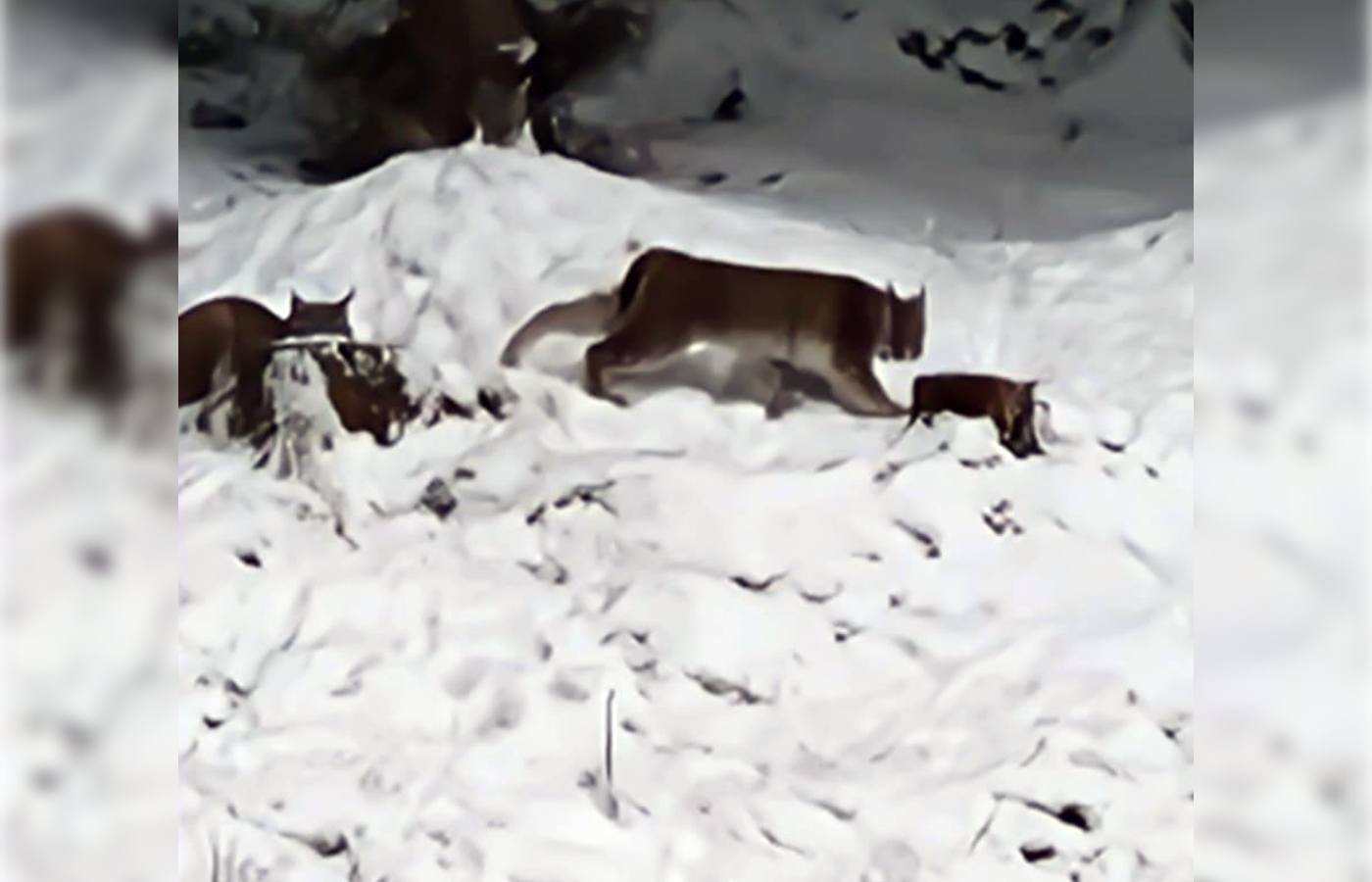 Royal Zoological Society of Scotland
Royal Zoological Society of ScotlandThey were safely captured on Thursday and taken to the Highland Wildlife Park to be transferred to Edinburgh Zoo where they are in quarantine.
Inspector Craig Johnstone said: “Members of the public are asked not to approach the animals for their own safety and the safety of the lynx.
“Officers are working with specially trained personnel to capture them safely and humanely.
“Although it may be tempting to try to find them, take pictures or set up cameras, we are asking people not to travel into the area, particularly in the current winter weather conditions.
“Please be mindful, act responsibly and allow the animal experts to carry out their work.
“Enquiries are continuing to establish the full circumstances of both sightings. Officers are on patrol in the area and anyone with concerns can approach them.
“If anyone saw anything in the area or has any information then please call Police Scotland on 101, quoting incident number 0387 of Friday, January 10 2025.
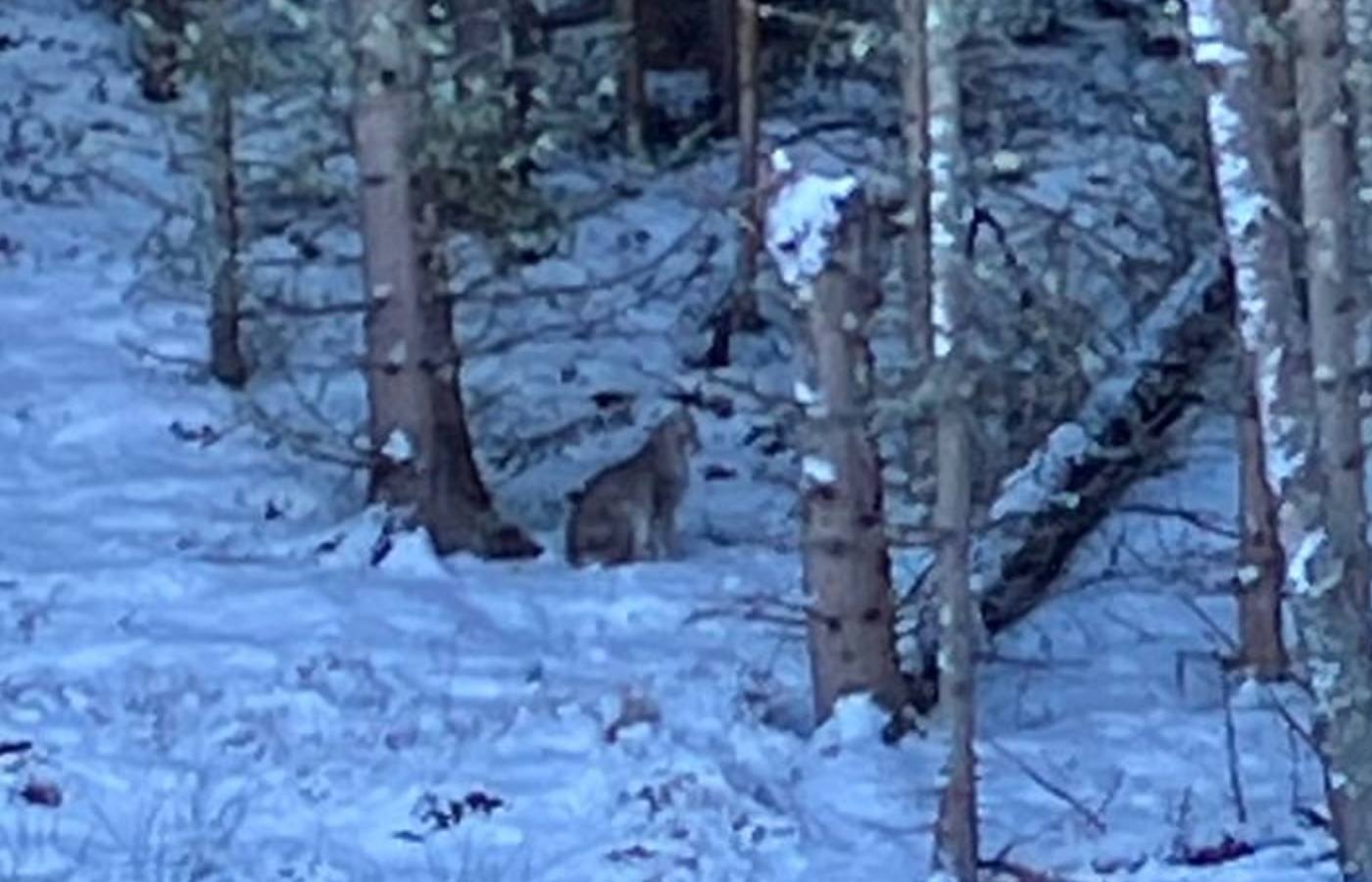 Supplied
Supplied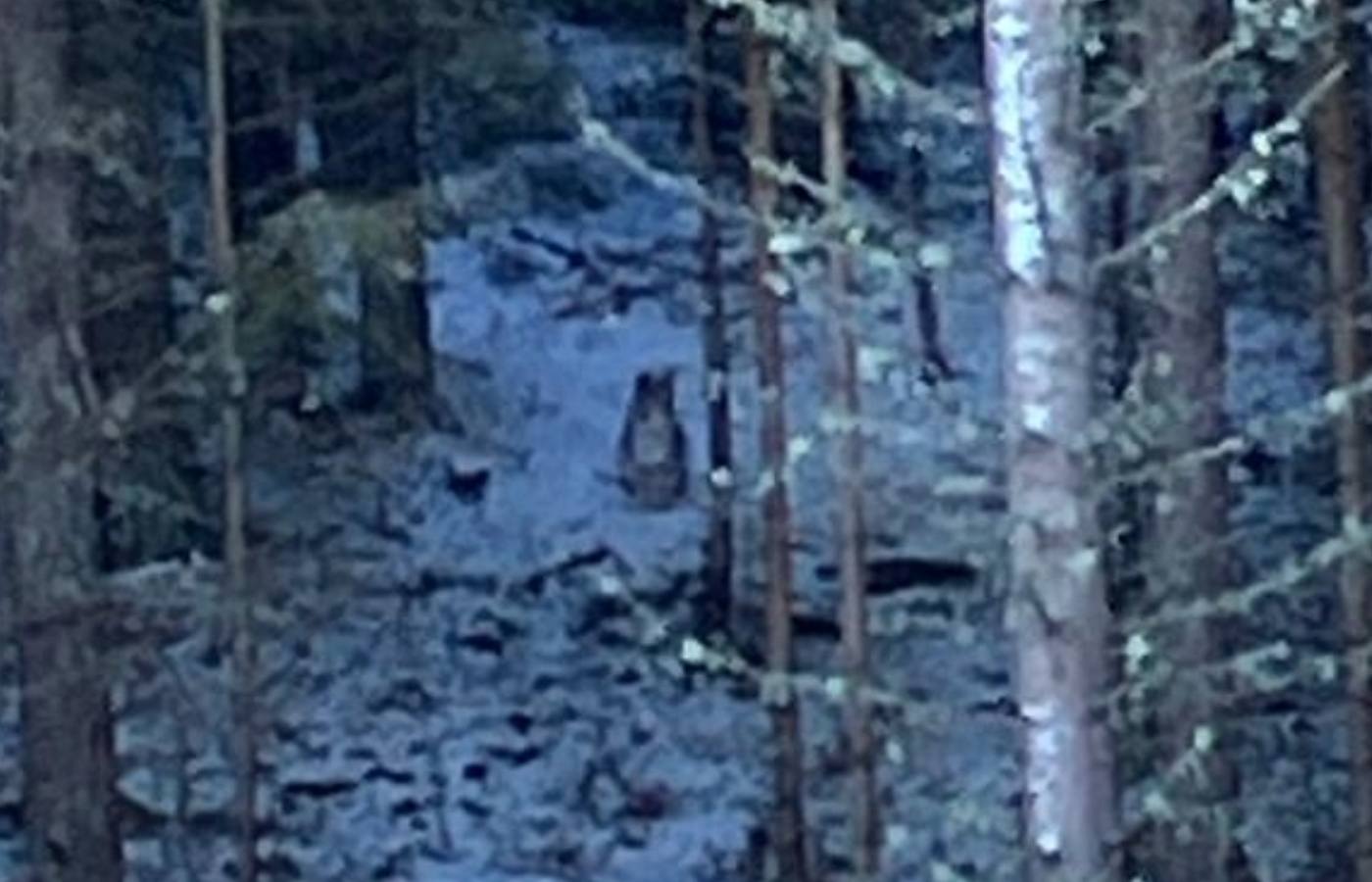 Supplied
SuppliedFirst Minister John Swinney said on Friday the Scottish Government does not support a reintroduction of the lynx into Scotland.
He told STV News: “It is an illegal act to release them into the wild.
“I would say to those who are releasing them you should stop doing that because it is an illegal act and it can’t be tolerated.”
Swinney acknowledged “more work would need to be done” after the initial two lynx released were captured.
Royal Zoological Society of Scotland chief executive David Field said humane traps are being set in the area to catch the Eurasian lynx.
“Two more lynx have been sighted in the same Cairngorms location where we successfully captured a pair yesterday,” he said.
“Further traps are being baited in the area and the hope is that these animals will be safely and humanely captured before being taken to Edinburgh Zoo to join the two captured yesterday in quarantine.
“Police Scotland and Cairngorm National Park Authority rangers are also in attendance.
“The public are being asked to steer clear of the area as a build-up of people could disturb the animals and hamper efforts on the ground.
“RZSS condemns the illegal release of wild animals in the strongest possible terms and urges anyone with information on the release of these lynx to contact Police Scotland.”
David Barclay, manager of the RZSS Saving Wildcats team, said that long term the creatures may be rehomed in Highland Wildlife Park, which is already home to two northern lynx named Switch and Neon.
The Highland Wildlife Park said on X: “The presence of a further two lynx in the Cairngorms has been revealed overnight.
“We are again working closely with Police Scotland and partners to safely retrieve the animals.
“Whilst lynx present a low risk to humans, we would ask anyone who does spot them not to approach nor to attend the area.”
What is a lynx and do they attack humans?
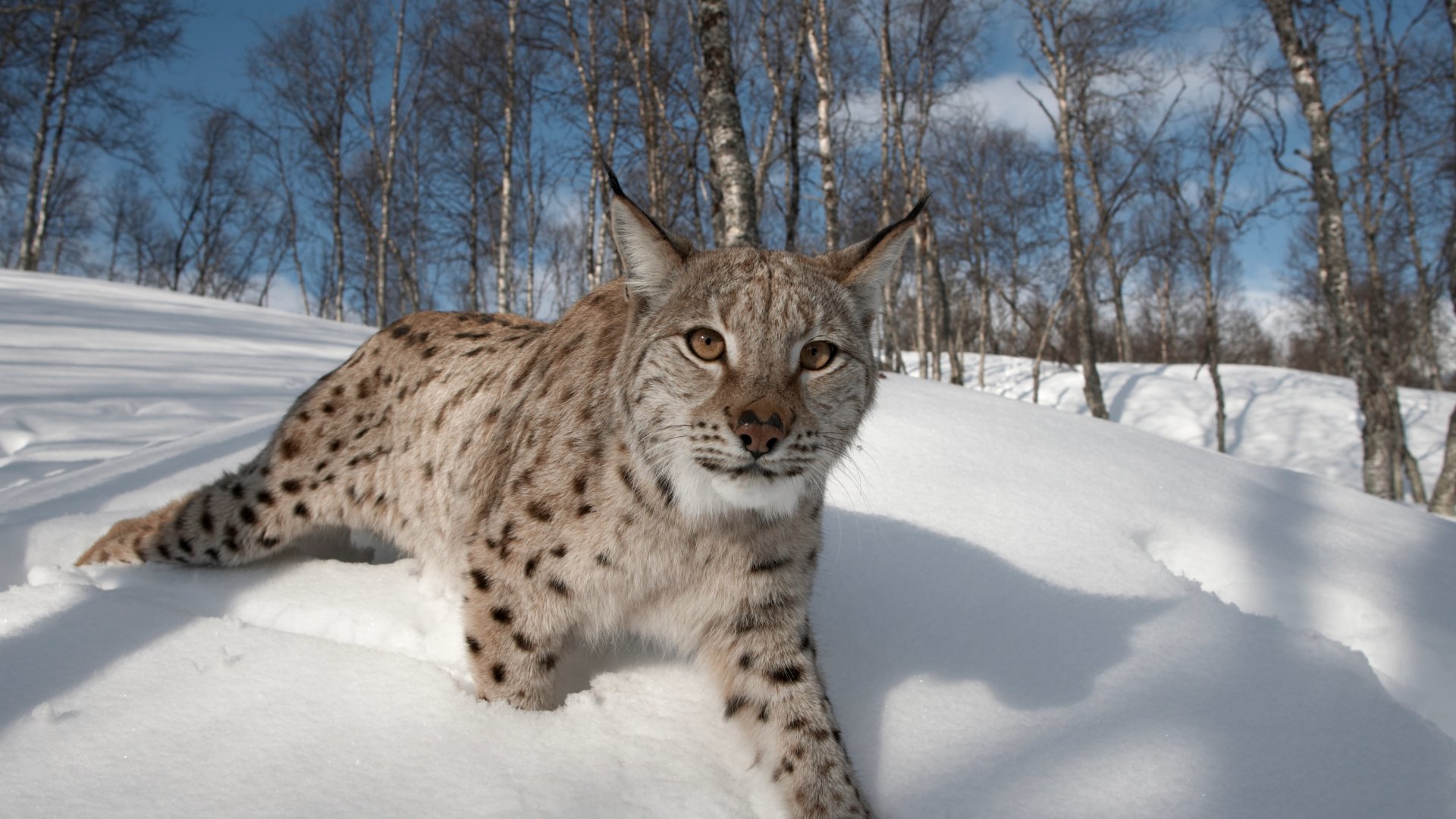 Scotlandbigpicture.com
Scotlandbigpicture.comA lynx is a type of wildcat that lives and hunts in forests all over North America, Europe, and Asia.
There are no wild lynx living in Scotland, although there has been debate about whether they should be reintroduced.
Lynx are bigger than house cats, but they’re not massive like lions or tigers and are more similar in size to labrador dogs.
The animals survive on a range of small animals like rodents and hares.
There are four different species of lynx: Eurasian and Iberian lynxes live in Europe and Asia, and bobcats and Canadian lynx live in North America.
The Iberian lynx is generally the largest species, followed closely by the Canada lynx
Two of their most distinctive features are the dark, pointed tufts of hair on their ears and their short, stubby tails, which are generally 10-20 centimetres.
According to the International Fund for Animal Welfare, lynx typically ignore humans but could attack in self-defence if they feel threatened.
Follow STV News on WhatsApp
Scan the QR code on your mobile device for all the latest news from around the country


